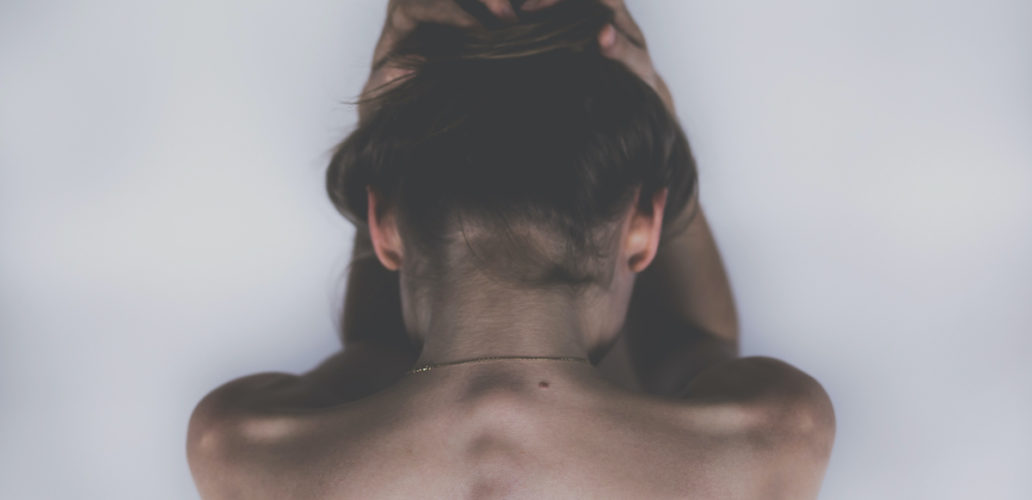
Headaches, Migraine and Osteopathy
Most of us have had a headache at one time or another except for the very lucky few who never experience one.
What you may not know is that there are many different types of headaches and the appropriate treatment for your headache depends on which type you suffer from. Some people may suffer from more than one type of headache or experience mixed headaches, meaning their symptoms display a mix of 2 types.
Here we discuss some of the more common types of headaches and how osteopathy can help you to relieve them.
Tension-Type Headache
What it feels like:
– often described as “squeezing” or like a “tight band” across the forehead or around the head
– dull, non-throbbing pain
– mild to moderate intensity
– usually felt on both sides of the head
– tightness in the neck and shoulders is common
– associated symptoms may include trouble concentrating and sleeping, nausea and indigestion
Who it affects:
– can occur at any age although it is most common in adults
– often associated with periods of stress, anxiety or depression
– can also be triggered by muscular tension eg. Poor posture or jaw clenching
Cervicogenic Headache
The term cervicogenic means that the headache is being caused by referred pain from the upper neck.
What it feels like:
– pain often starts in the neck and travels to one side of the front and side of the head
– dull, non-throbbing pain
– mild to moderate intensity
– neck movement is usually reduced and painful
Who it affects:
– can occur at any age although it is most common in adults
– may be associated with tension in the upper neck, injury such as whiplash or degenerative disorders such as arthritis.
Migraine
What it feels like:
– severe, throbbing pain often made worse by movement
– pain usually occurs on one side over the forehead, temple region and around the eye.
– often associated with nausea, vomiting and/or light/sound sensitivity
– lasts for 4-72 hours
There are many types of migraine but the most common are:
Classical migraine (migraine with aura)
Common migraine (migraine without aura)
Aura consists of neurological symptoms that occur before the onset of the headache, most commonly visual disturbances such as bright zigzagging lines, flashing lights or blind spots.
Who it affects:
– can affect children through to middle age adulthood
– you are more susceptible to migraine if you have a family history of it
– more common in women than men (due to hormonal triggers)
Triggers
Migraines are usually set off by identifiable triggers, however there are many things that may trigger a migraine and they are different for everyone. Some of the more common ones are:
– certain foods, missing meals or dehydration
– hormonal fluctuations
– insufficient sleep or oversleeping
– back or neck pain
– illness
How Osteopathy can help
Our osteopaths will take a thorough clinical history, perform a complete assessment and determine a diagnosis of your headache, including referring you for further investigations if necessary.
Osteopathic techniques including soft tissue massage, joint articulation, muscle stretching and mobilisation may be used to help reduce muscle tension in the neck and shoulders.
We will help you to identify triggers for your headaches and chat about changes you can make to your daily routine to help avoid triggering a headache
We can advise you on an exercise program specific to you and your type of headache
Seek prompt medical care if you experience any of the following:
- a sudden onset, severe headache known as a thunderclap headache
- headache with a stiff neck
- persistent headache after a head injury
- confusion or loss of consciousness
- headache that is not relieved by medication
- headache with fever
- convulsions
- headache that interferes with day to day activities
